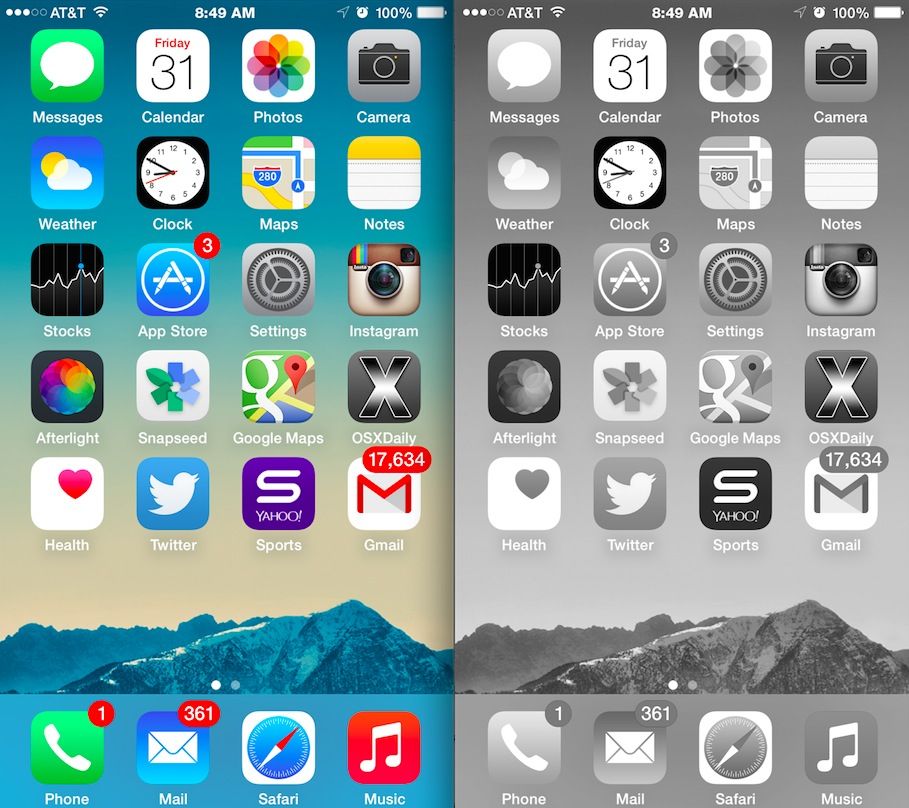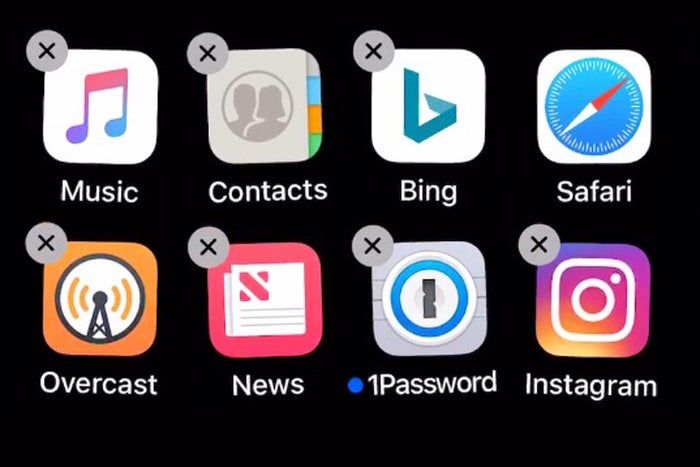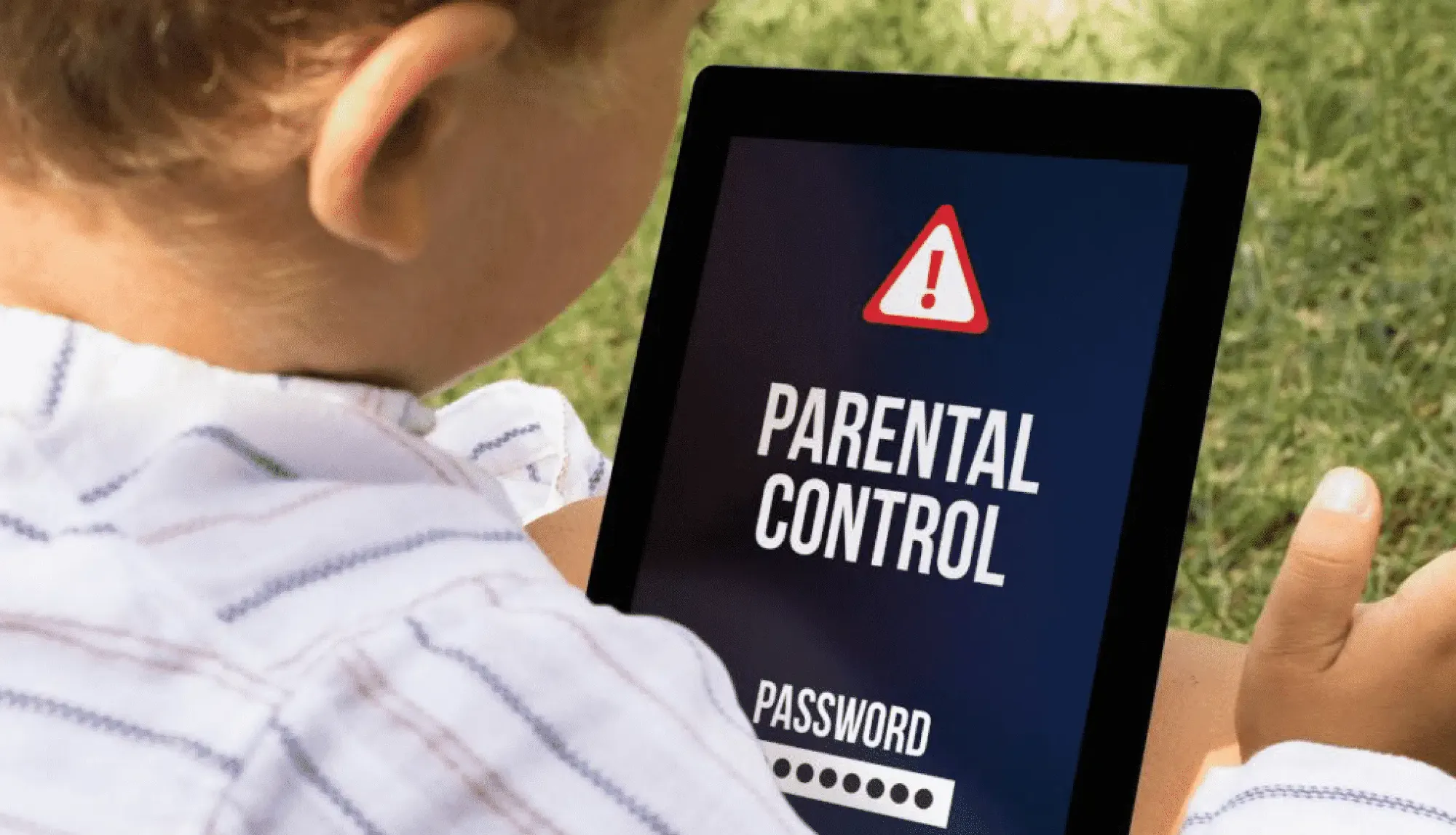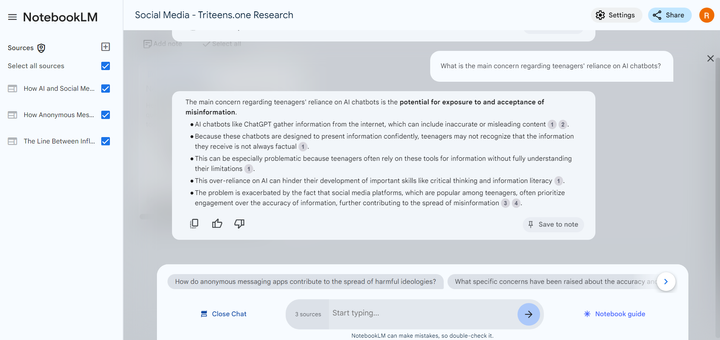In the digital age, our smartphones have become extensions of ourselves, enabling us to connect with others, access information, and entertain ourselves. Yet, this remarkable tool can easily turn into a source of distraction, leading to excessive screen time and potential detriments to our mental and physical well-being. Recognizing the challenges of excessive phone usage, it becomes imperative to find effective strategies to strike a balance and cultivate a healthier relationship with our digital devices.
According to recent data, the average person spends a staggering 3 hours and 15 minutes on their phone daily, with individuals checking their phones approximately 58 times a day. Notably, 3 out of 4 teenagers admit to spending an excessive amount of time on their phones, highlighting the pervasive nature of this issue. Surprisingly, statistics reveal that Filipinos top the charts, spending an average of 5 hours and 47 minutes on their phones daily, underscoring the global impact of excessive screen time.
Here are five tips to help you reduce your screen time and regain control over your daily interactions with technology. By implementing these, you can foster a more mindful and purposeful approach to your digital consumption, allowing for a greater focus on the present and the meaningful experiences it has to offer.
1. Grey Scale Mode:
Studies have shown that the allure of colorful app icons and vibrant screens can significantly contribute to prolonged phone usage. By switching to grayscale mode, the visual appeal diminishes, reducing the pull of apps and encouraging mindful usage. This simple adjustment can foster a more conscious approach to phone interaction, promoting focus and mindfulness in our daily activities.

2. Do Not Disturb Mode:
Our phones often act as a gateway to a barrage of notifications, disrupting our focus and pulling us into a cycle of constant reactivity. Activating the "Do Not Disturb" mode during specific hours, especially at night, not only minimizes distractions but also aids in improving the quality of our sleep. Allowing exceptions for crucial contacts or urgent calls ensures that important communications aren't entirely neglected while fostering a healthier digital boundary.

3. App Folders and Rearrange Icons:
Organizing the home screen by categorizing apps into folders and rearranging icons can have a profound impact on reducing mindless scrolling and app hopping. By creating distinct folders for essential and non-essential apps, one can consciously navigate the phone, making it less convenient to access time-wasting applications. This practice encourages a purpose-driven approach to phone usage, aligning our digital habits with our priorities.

4. Use of Parental Control Features:
For those struggling with self-regulation, leveraging the parental control features on smartphones can serve as an effective tool for managing screen time. Setting limits on personal usage or entrusting a trusted individual to implement restrictions fosters accountability and promotes a more balanced relationship with technology. These features provide a tangible support system, ensuring that screen time remains within healthy boundaries.

5. Reward Yourself:
In the journey towards reducing screen time, incorporating a positive reinforcement system can serve as a motivating factor. Establishing specific goals, such as limiting phone usage for a week, and rewarding oneself for achieving milestones can reinforce positive behavioral changes. Whether it's indulging in a favorite treat, engaging in a leisure activity, or spending quality time with loved ones, these rewards can reinforce the importance of mindful phone usage and encourage the development of healthier digital habits.
As we navigate the digital realm, it's crucial to adopt a mindful approach to phone usage. By following these practical tips, we can reduce our screen time, promote overall well-being, and enhance our quality of life. By being mindful of our phone usage, setting boundaries, and celebrating small victories, we can transform our smartphones into tools that boost productivity, foster connections, and aid personal growth.
Find an issue with this article? Message us at [email protected] to report it!





